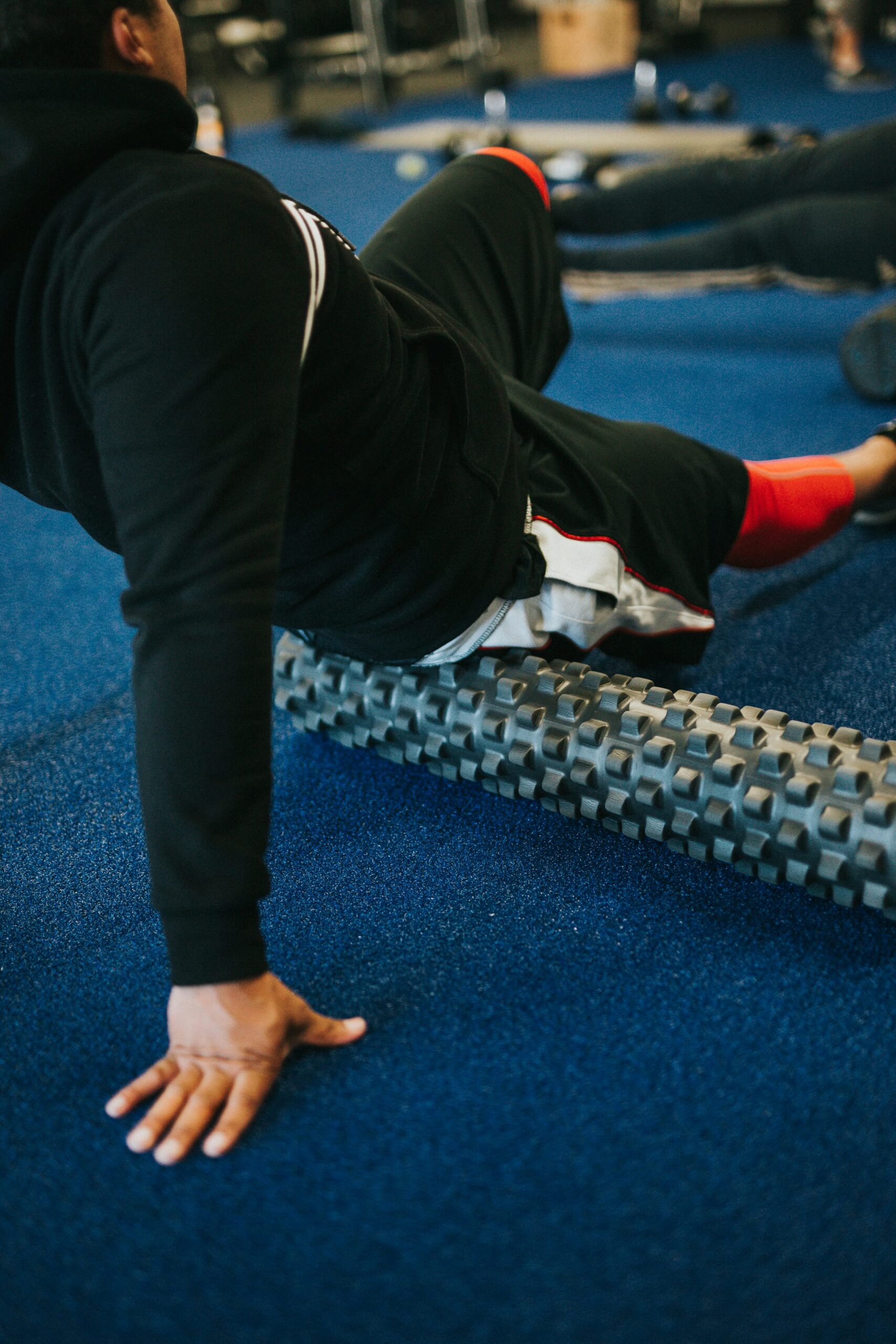5 Best Foam Roller Exercises For Your Back
Incorporating foam rolling exercises for your back into your self-care routine can greatly enhance your ability to heal after exercise. This self-myofascial release method is proven to alleviate tension, tightness, and discomfort in your back safely and effectively. These foam rolling exercises for your back complement other healing modalities like massage, acupuncture, or hot and cold therapy. Read on to discover more about foam rollers and five exercises that can help alleviate post-workout soreness, morning stiffness, or daily stress. What Is A Foam Roller? A foam roller is a foam cylinder that you can use to roll your muscles over. It massages the muscles, at different degrees depending on whether you use a harder or softer foam roller. The benefits foam rolling offers include alleviating delayed onset muscle soreness after a workout, morning stiffness, and it can also reduce stress. You can foam roll almost all the muscles in your body, but this article will focus on exercises to roll your back. Particularly helpful if you suffer with common lower back pain. Foam Roller Exercises For Your Back To ease back pain and tightness, perform these foam roller exercises for you back three to four times weekly, even if symptoms lessen. The aim is to ward off chronic discomfort. If you’re in severe pain, wait until you’ve healed before foam rolling. These exercises can be done solo or as part of a pre or post-workout routine. Ensure proper body alignment on the foam roller and use an exercise mat for cushioning. Be cautious when dismounting the foam roller and allow up to 1 minute for relaxation before repeating or moving on to the next exercise. Upper Back Exercise This foam roller exercise for your back can alleviate upper back pain and relieve tension. It can also help improve your posture. Lats This stretch relieves tension in the area beneath your underarms, enhancing posture and upper body mobility. Thoracic Rotation This is another exercise which can help relieve tension from the upper back and enhance spine mobility. Lower Back – Lumbar Extension This exercise can alleviate lower back pain. It help maintain your back’s lumbar curve and can improve mobility in your lower back. Gluteus maximus This foam roller exercise can help enhance the flexibility of your legs and reinforce the strength and stability of your lower back, target tension relief in your gluteus maximus. Conclusion It’s important to stay consistent with these exercises. It’s also important to note that if you feel any pain which is too intense for you while performing the exercise, you should stop and wait for the pain to alleviate before trying the exercise again. The routine can aid in aligning your body and promoting smoother movements. Enhance your relief by applying a menthol muscle rub or essential oils before or after your session, followed by a hot shower or bath. Listen to your body and address symptoms promptly, identifying triggering activities. If pain persists or worsens, consult a doctor, physiotherapist, or osteopath. They can advise on targeted muscle work and exercises, possibly suggesting a particular type of foam roller.
